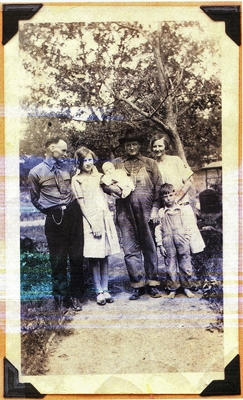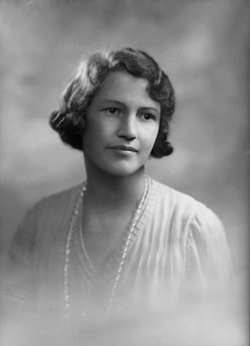Montgomery and Stuckey families
Grandpa, Grandma, Great Grandpa, Great Grandma, Aunt, & Uncle: Joe, Bonnie, Carl, and not sure who
Date & Place:
Not specified or unknown.


 James Montgomery
James Montgomery 

